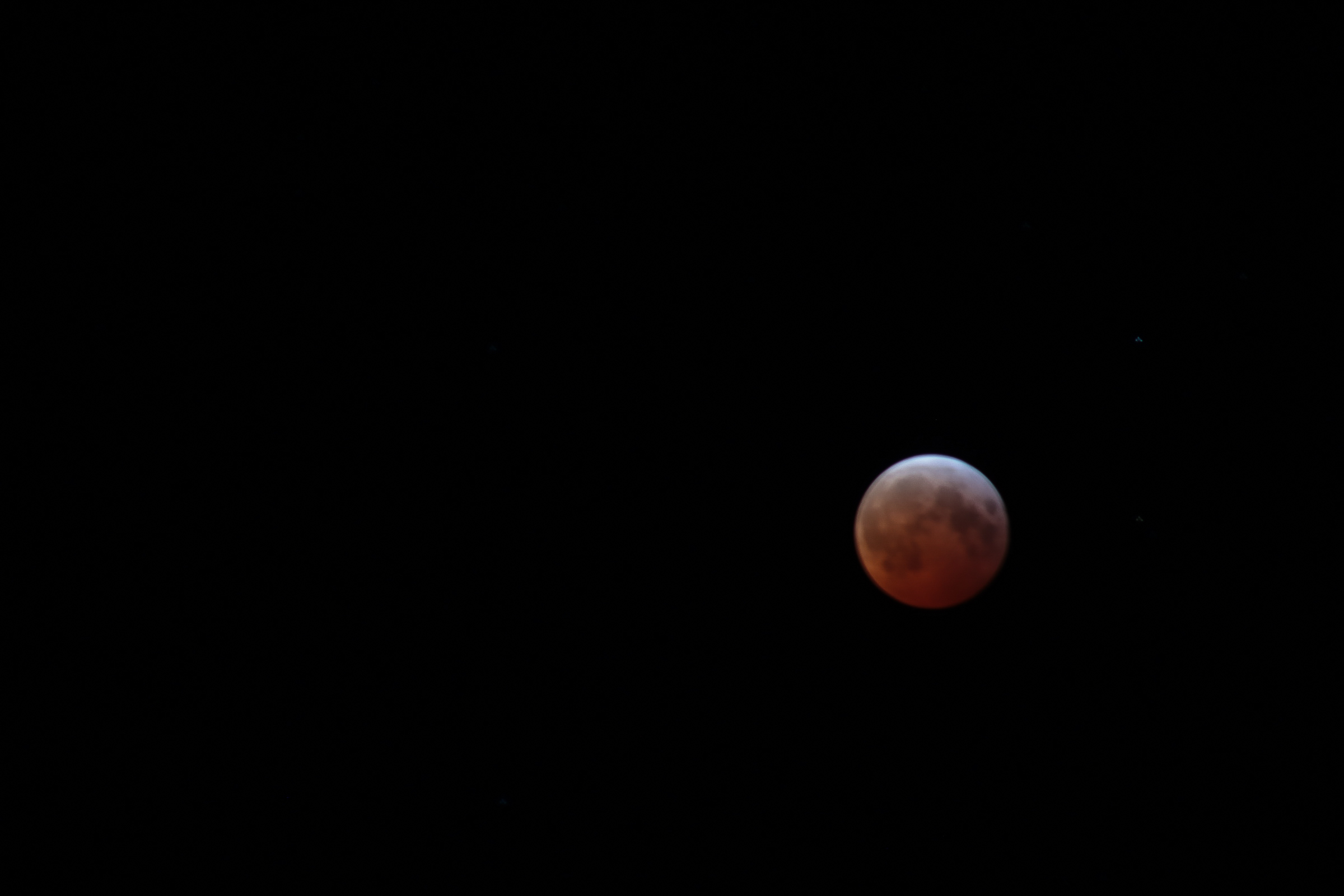By Jordan Roberts, Staff Reporter.
For Vijay Gupta, music isn’t just about expression; it is a language that enables connection, complements the human condition and facilitates healing.
Being a violin virtuoso at 19, Gupta became the youngest member of the Los Angeles Philharmonic in June 2007 and has had the opportunity to perform as a soloist for the Japan Philharmonic Orchestra, the New York Philharmonic and the Bombay Symphony Orchestra.
Gupta also became the violin instructor for the cellist Nathaniel Ayers, of whom the book and film ‘‘The Soloist’’ is based upon.
“I had been sort of brought on as Nathaniel’s violin teacher,” says Gupta. “I used to give him lessons… and during the course of one of our lessons, Nathaniel had what I can describe as a manic episode.”
Explaining that Nathaniel became extremely paranoid, Gupta says, “He started talking about smoke monsters and people trying to poison him in his sleep. I was terrified.”
Gupta realized that an immediate language barrier was put between them, “I had nothing to teach him; I had no words in common with him. All I had in common with him was that I was also holding a violin.”
Fearing that if he looked Nathaniel in the eyes he may provoke him, Gupta then began to play a melody by Beethoven with intense concentration.
“After about ten minutes of playing, when I dared to look up again, Nathaniel had transformed. The look in his eyes was gone; he was looking at me with curiosity and compassion.”
Nathaniel began making requests and encouraged Gupta keep playing. “I learned that this beautiful man had this encyclopedic savant-like capacity for remembering Hayden’s catalogue numbers and Mozart’s Köchel numbers.”
Once Nathaniel began to play, Gupta realized that there wasn’t anything he could teach him about music. The fact that a person so lost can be so transfixed by music, and to understand immediately how it relates to the human condition, changed the way he thought about music.
“Nathaniel taught me that music is a form of communication that went far deeper than words, that connected one heart to another heart. So, inspired by Nathaniel, I wanted to bring music to more people like him, I wanted to bring music to Skid Row.”
Gupta began to play for the homeless, the incarcerated and the mentally ill. To his dismay, his initial reception was less than fruitful.
“I reached out to the heads of departments of mental health, the heads of hospices, of clinics, and hospitals all over Los Angeles and told them I want to bring L.A. [Philharmonic] musicians to come and play for your patients for free. Not many phone calls were returned.”
Frustrated, but not discouraged, Gupta went to Skid Row and played for a group of social workers. As he started playing they began to take money from their pockets to make a collection.
“They used that money to buy sandwiches and cookies and cokes so that their homeless, mentally-ill clients could attend our concerts in the basement conference room of the Skid Row mental health clinic.”
What began as a way for Gupta to connect with the homeless and mentally-ill, turned into a type of musical activism named “Street Symphony.” It has seen five years of service and has put on more than 180 free concerts for those individuals that need support, connection and healing that the power of music is able to give.
“In the beginning there was never any idea of creating some big, broad non-profit; there was never any idea of creating an organization or a movement. This was just this kind of guerrilla project.”
With all of Gupta’s travels as a world-renowned violin virtuoso, with all of his erudition from studying at Yale and Harvard, “Street Symphony” gleams as his crowning achievement. Because of his gift of service and his compassion for humanity, he began to understand that connection through music, coupled with pure empathy derived from intimate human contact, can be a powerful healing experience.
“We realized we weren’t playing for psychopaths, we weren’t playing for felons and murderers and thieves; we were playing for people. I started understanding the need I felt to be a healing presence in this world started with being a healing presence to myself, and it was these audiences that showed me that music was a way of healing my own wounds, of healing my own life.”

